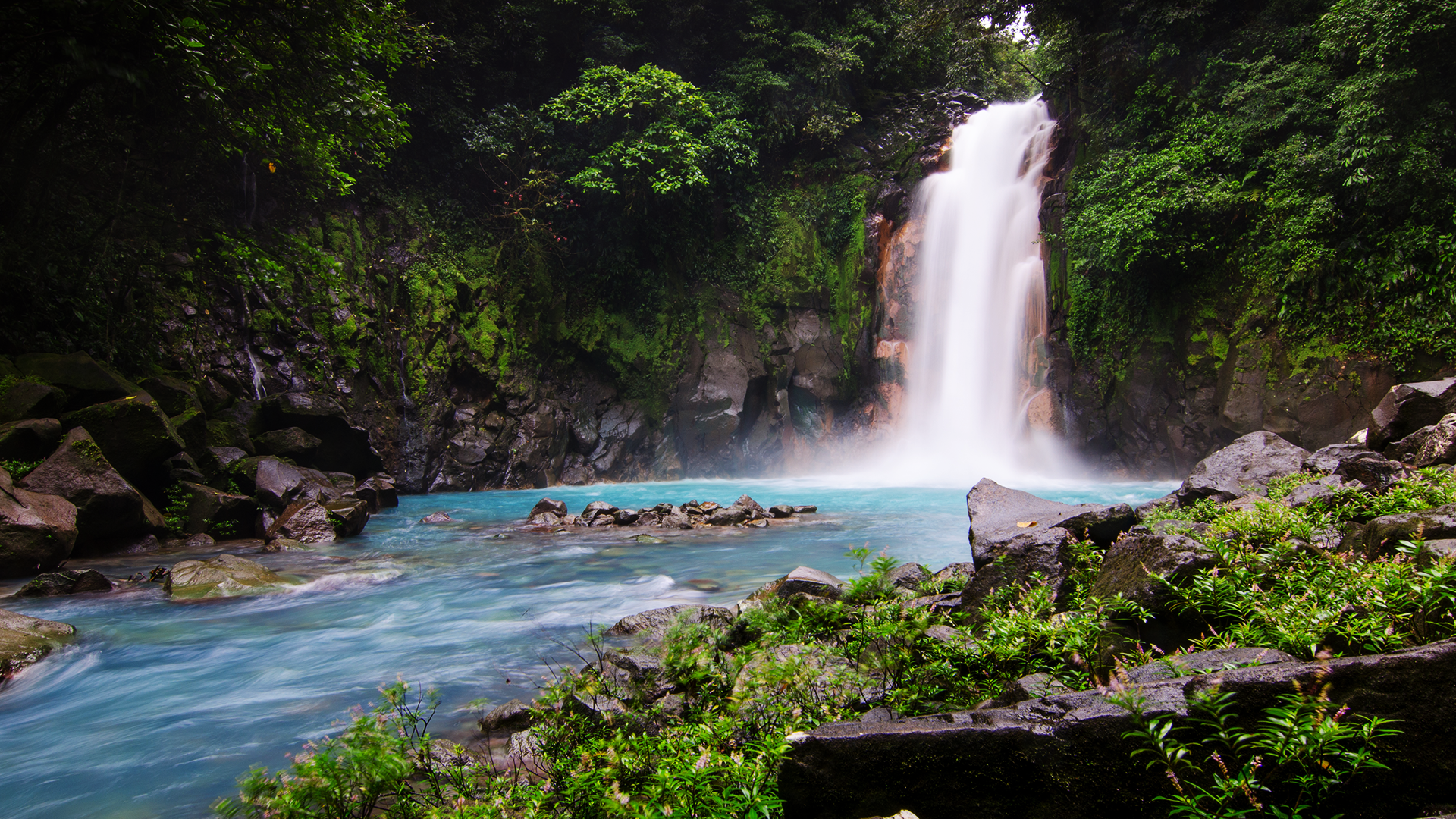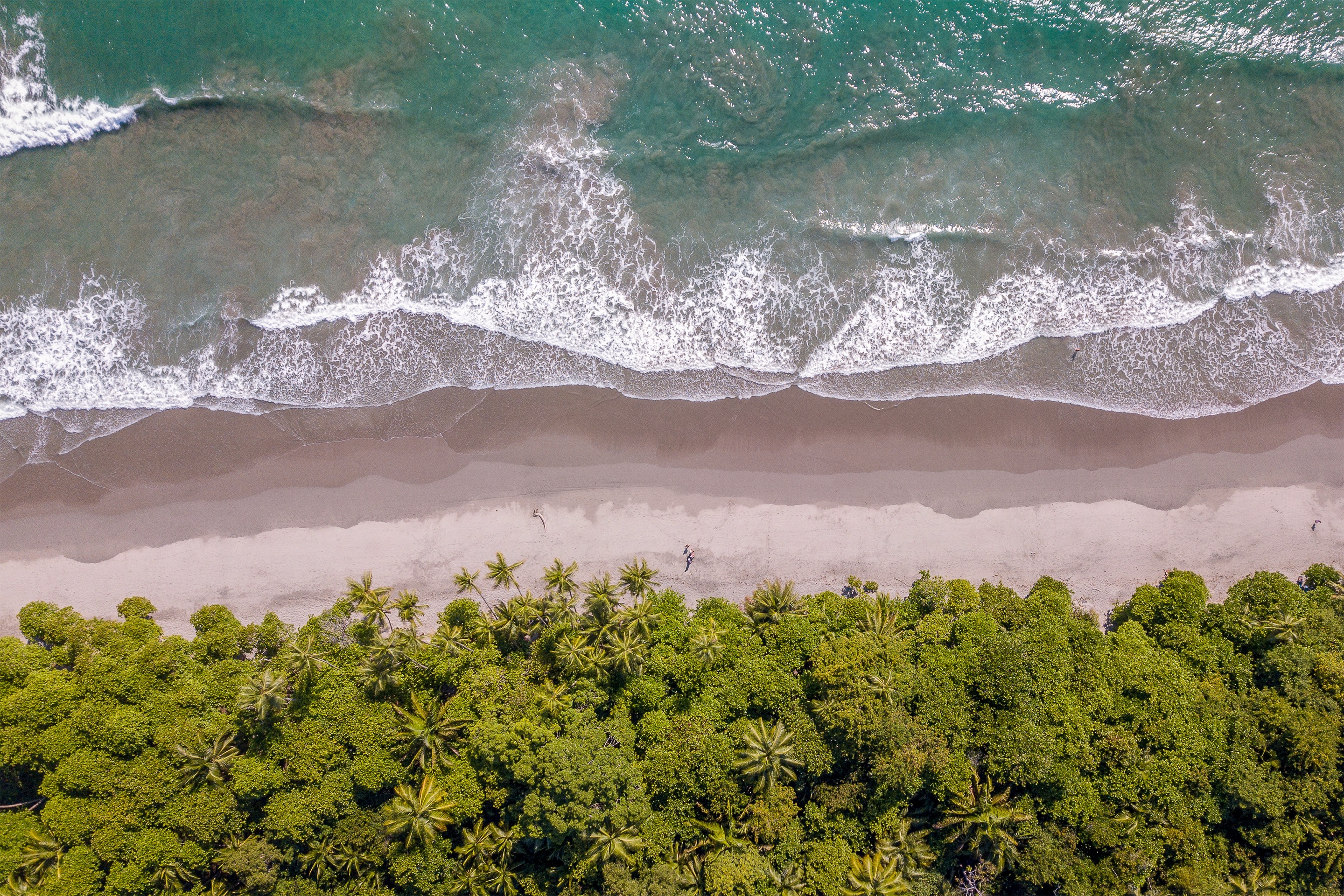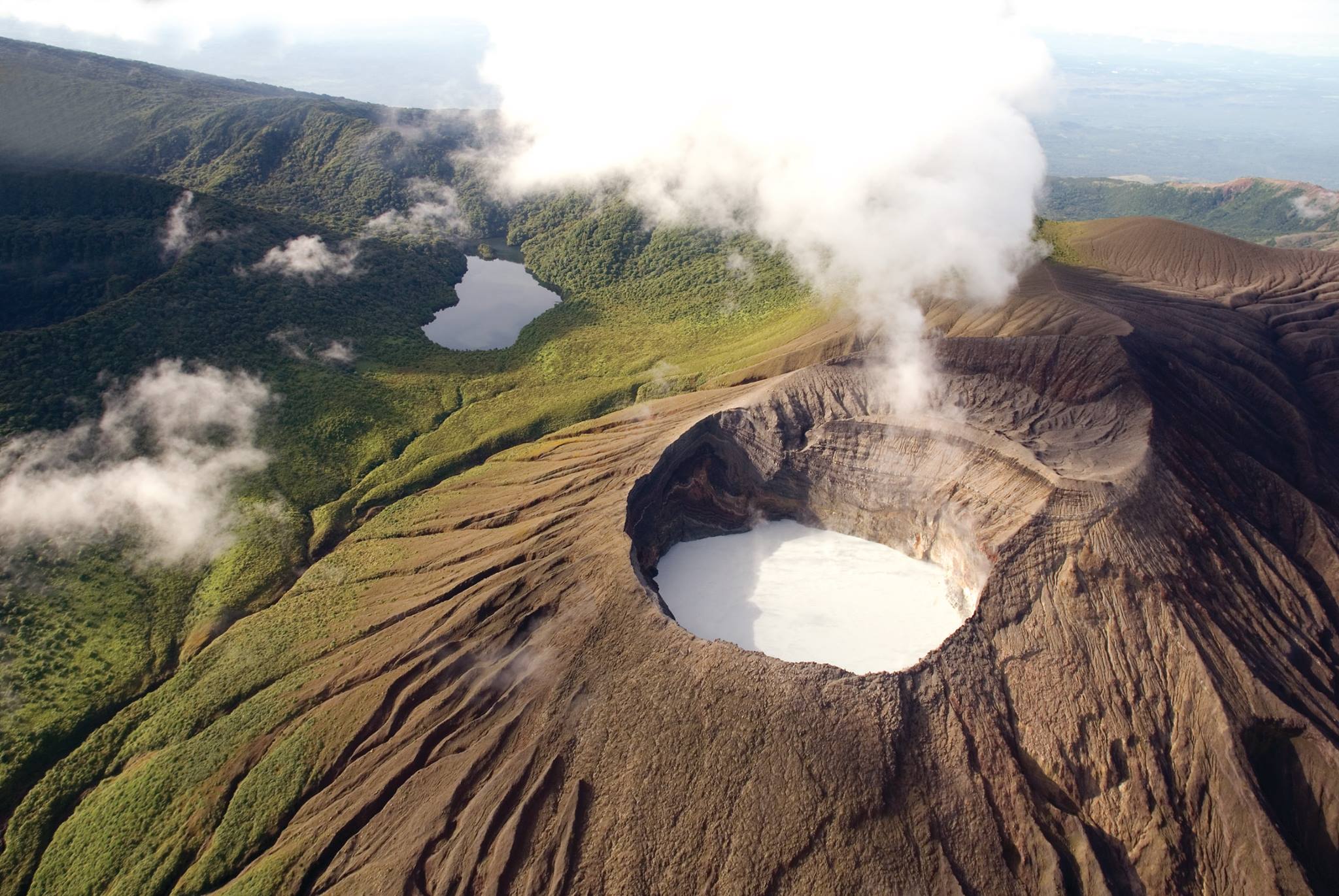Halloween in Costa Rica isn’t about haunted houses or jump scares — it’s about storytelling, nature after dark, and a playful touch of “spooky” magic. While you’ll find pockets of trick-or-treating in expat or tourist towns, the most authentic Halloween experiences here are rooted in folklore, wildlife, and family adventures.
Here’s how to make the most of Halloween in Costa Rica with little ones.
Wildlife Adventures After Dark
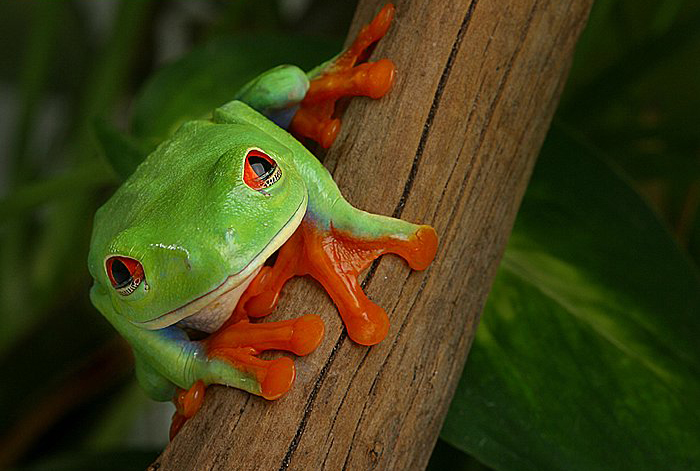
One of the most magical parts of Halloween in Costa Rica is that the rainforest itself feels like a living storybook. When the sun goes down, a whole new world wakes up—and for kids, it can feel like stepping into nature’s very own Halloween parade.
Guided night walks are the best way to experience it. With flashlights in hand, families follow a naturalist guide through the forest, listening for the rustle of leaves, the calls of frogs, and the hum of insects. What starts out as a little “spooky” quickly transforms into awe and discovery.
What you might see:
- Red-eyed tree frogs glowing like tiny lanterns among the leaves.
- Glass frogs so clear you can see their beating hearts.
- Tarantulas, walking sticks, and leaf-cutter ants going about their nightly routines.
- Bats and owls swooping silently overhead.
- Fireflies and bioluminescent fungi lighting up the darkness like nature’s fairy lights.
The guides make it extra engaging for kids, turning each encounter into a story. A “creepy” spider becomes a rainforest superhero. A frog that looks strange in a flashlight beam turns out to be one of Costa Rica’s most famous animals. By the end, kids aren’t scared—they’re enchanted.
Some of the best family-friendly night tour destinations include Monteverde Cloud Forest, the Arenal Volcano area, and smaller reserves near Manuel Antonio and Sarapiquí.
Nature’s Legends
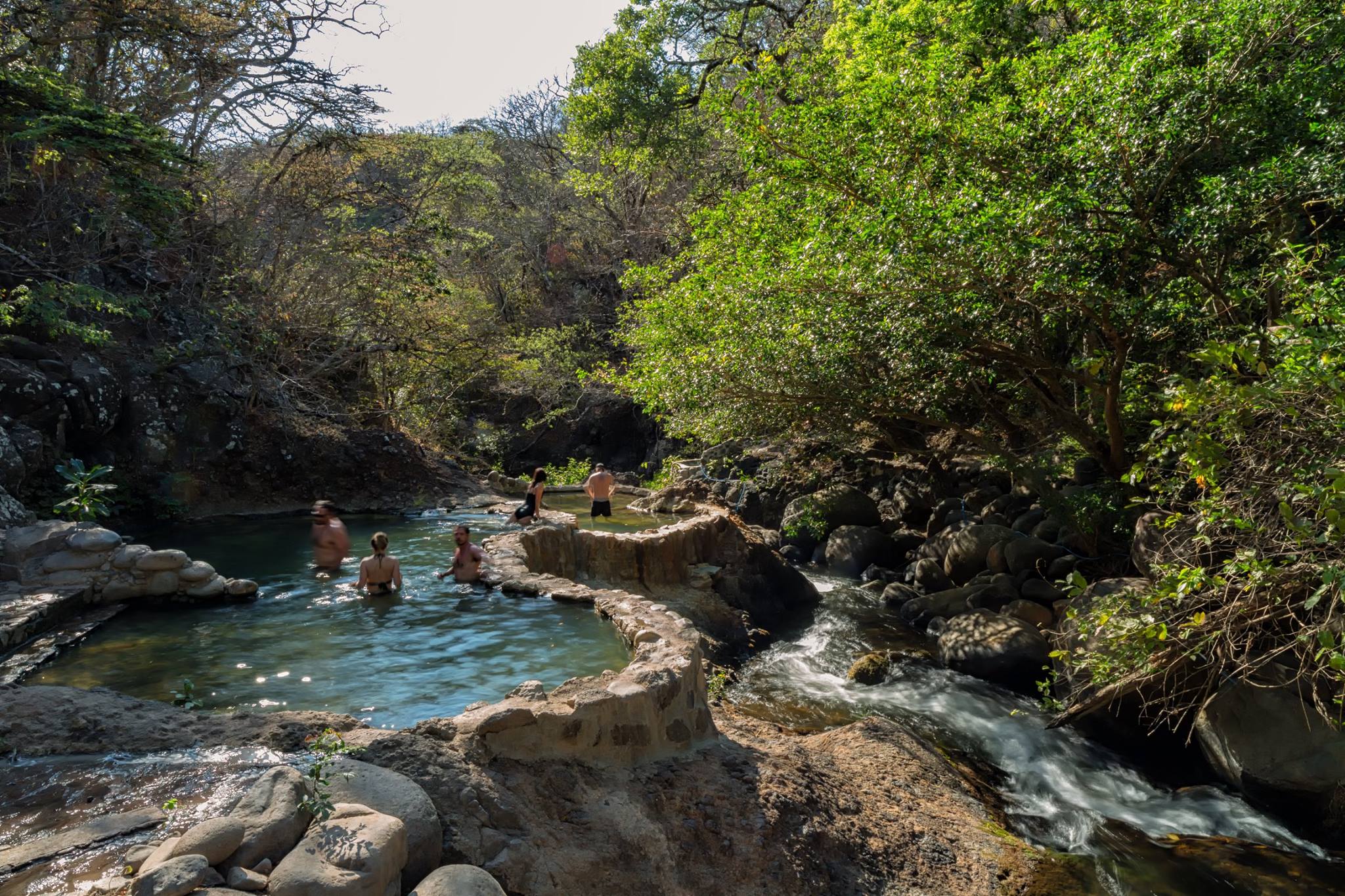
Costa Rica’s landscapes are so unique that legends naturally grew up around them. These stories aren’t about fear—they’re about explaining the natural world in magical ways. For kids, they turn rivers, volcanoes, and forests into enchanted places full of wonder.
- Río Celeste (Blue River): According to legend, when God finished painting the sky, he washed his brushes in this river, turning it a brilliant turquoise. Visiting the waterfall is like stepping into a fairytale.
- Poás Volcano: Centuries ago, people believed that throwing offerings into the crater would appease the gods and keep eruptions away. Standing at the rim today, it’s easy to see why they thought it was a portal to another world.
- Irazú Volcano: Its name comes from an indigenous word meaning “thunder and earthquake mountain.” Kids will love imagining it as a giant guardian towering over the Central Valley.
- Ceiba Trees: Towering ceiba trees, often called the “tree of life,” were believed to connect the heavens, earth, and underworld. Walking beneath one at night feels like standing under a living legend.
- The Cuyeo (Pauraque): This little night bird flits just a few meters at a time, inspiring the myth that it lures wanderers—especially children—off the trail.
- Rincón de la Vieja: Literally “Corner of the Old Woman,” this active volcano takes its name from a local legend of an indigenous woman who lived on its slopes. According to the story, she fled to the mountain after a forbidden romance and became a healer, known for her wisdom and connection to the hot springs and bubbling mud pots. Some say her spirit still lingers in the steaming fumaroles of the volcano.
One of my favorites is the story of The Cuyeo (common pauraque in english) which lures people into the forest. The bird often “flees” from people, moving just a few meters at a time to protect its ground nest, a behavior that may have inspired the myth of leading wanderers, especially children, into the forest. It’s a great tale to teach kids not to stray from trails or to aimlessly follow mysterious bird calls.” — Andie, Costa Rica Expert
These natural myths blend beautifully with Halloween, turning hikes and night walks into story-filled adventures.
Folklore & Fables: Costa Rica’s Spooky Stories
Long before pumpkins and plastic skeletons arrived in stores, Costa Rican families were already sharing their own spooky tales. Many of these stories have pre-Columbian origins, passed down through generations to warn children about wandering too far from home, disobeying their parents, or staying out after dark. They’re cautionary, imaginative, and often just the right amount of spooky for kids.
Some of the most popular include:
- El Cadejos: A supernatural dog that follows travelers. A white Cadejos protects, while a black one warns of danger. Kids love the idea of a mysterious “spirit dog” padding along at night.
- La Llorona: The weeping woman near rivers, searching for her lost children. Parents often use this tale to remind kids to stay away from dangerous rivers at night.
- El Sombrerón: A mischievous little man with a wide hat who braids the manes of horses—or sometimes girls’ hair—while they sleep. His story teaches children to be wary of strangers.
- La Segua: A beautiful woman who appears to wandering men at night. But when they draw closer, she reveals her terrifying horse face. Her story is a lesson about faithfulness and straying too far. She’s also a magical trickster who shows us that not everything is what it seems.
Families can tell child-appropriate versions of these legends, turning them into magical bedtime stories. Imagine sipping hot chocolate at your lodge while swapping tales of glowing frogs, haunted rivers, and spirit dogs. It’s a way to connect with Costa Rican culture that feels both fun and meaningful.
Trick-or-Treat, Costa Rica Style
Traditional trick-or-treating isn’t part of Costa Rica’s history, but you’ll still find it in certain neighborhoods, especially where there are expat families or international schools. Towns like Escazú, Santa Ana, Tamarindo, and Monteverde often host Halloween events, with candy stations, costume contests, and safe trick-or-treating routes.
Resorts and hotels sometimes put on their own Halloween parties for guests, which is a fun and easy way for traveling families to join the festivities. The result is a hybrid Halloween: dress up, collect candy, and then mix in a night hike, folklore storytelling, or a beach bonfire to give it a Costa Rican twist.
Beach Nights & Spooky Fun
Costa Rica’s beaches add their own magic to Halloween. Instead of haunted houses, you’ll find bonfires on the sand, music, and the sound of waves under a full moon.
On the Caribbean side, October is also sea turtle nesting season. If you’re lucky, you might spot hatchlings making their way to the ocean under the stars—a natural Halloween miracle kids will never forget.
Family-friendly beach towns to consider:
- Tamarindo (Pacific Coast): Known for community Halloween events and a lively mix of locals and travelers.
- Puerto Viejo (Caribbean Coast): October is one of its driest months, with plenty of opportunities for beach days and wildlife.
- Playa Hermosa (Guanacaste): Smaller and quieter, perfect for families who want low-key celebrations mixed with relaxation.
Family tip: Bring glow sticks for the kids. They double as costumes and make it easy to keep track of little ones after dark.
Planning Tips for an October Trip
- Weather: October is one of the wettest months on the Pacific side, but the Caribbean coast is usually sunnier and drier. Choose your region wisely.
- Packing: Quick-dry clothes, lightweight costumes, sturdy sandals, a rain jacket, and flashlights for night tours.
- Book Activities Early: Turtle tours and night walks fill quickly in October, so reserve in advance.
Why Halloween in Costa Rica Works for Families
Halloween in Costa Rica isn’t about fear—it’s about fun, nature, and family connection. Kids will remember:
- Sharing local legends around a campfire.
- Spotting glowing frogs, fireflies, and bats on a night hike.
- Dressing up and joining community parades or hotel parties.
- Watching sea turtles hatch under a Halloween moon.
For parents, it’s a chance to see the holiday through a new lens—less candy corn, more cultural immersion, and wild adventure.
Ready for your Costa Rica adventure? Let’s plan your trip!


